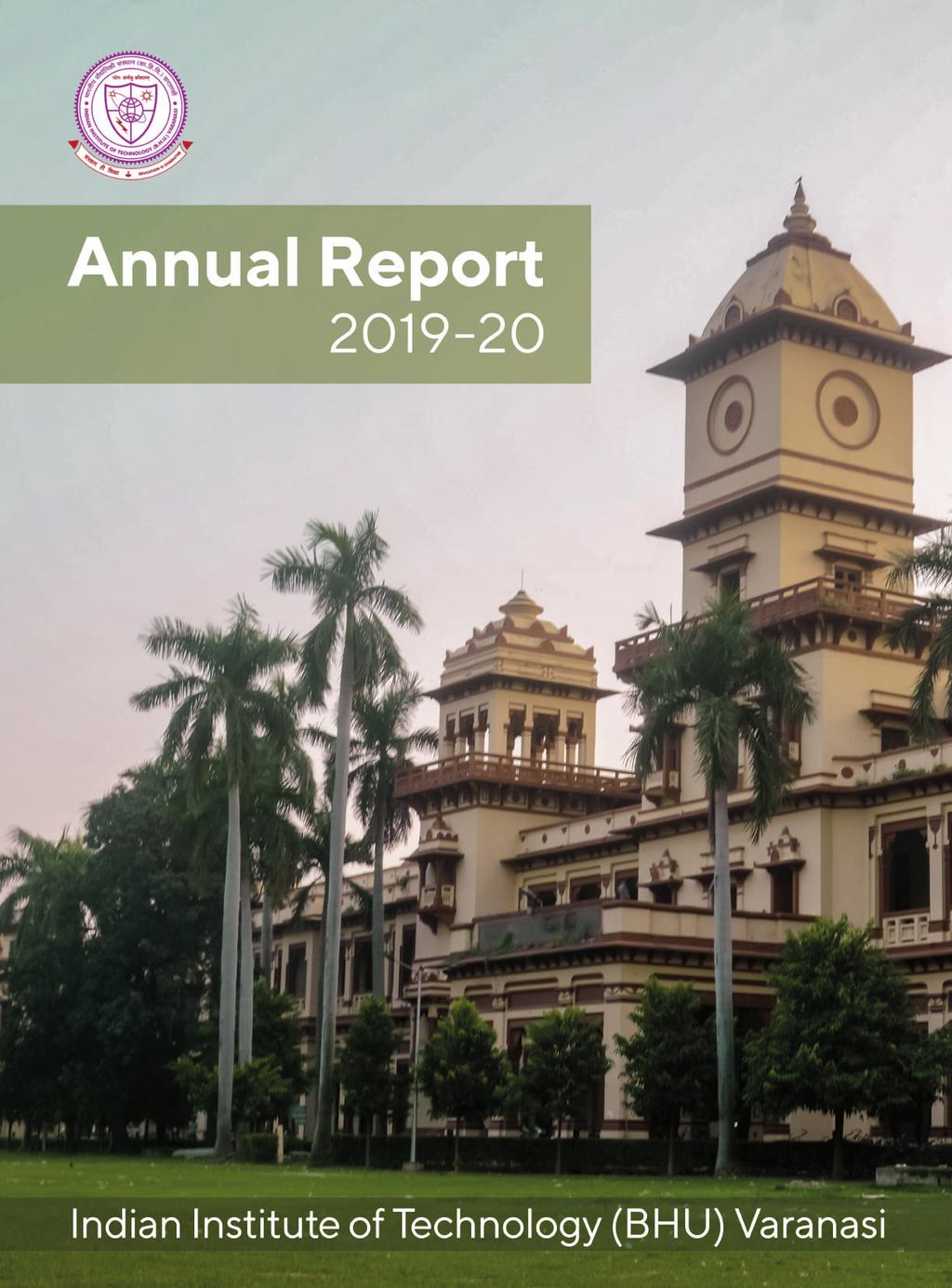

Since the claim of the barber ancestry of the dynasty's founder is attested by two different traditions-Greco-Roman and Jain, it appears to be more reliable than the Puranic claim of Shaishunaga ancestry. However, even these texts hint at the low birth of the Nandas, when they state that Mahapadma's mother belonged to the Shudra class, the lowest of the varnas. The Puranas name the dynasty's founder as Mahapadma, and claim that he was the son of the Shaishunaga king Mahanandin. However, the text also states that the daughter of the last Nanda king married Chandragupta, because it was customary for Kshatriya girls to choose their husbands thus, it implies that the Nanda king claimed to be a Kshatriya, that is, a member of the warrior class. According to the 12th century text Parishishta-parvan, the mother of the first Nanda king was a courtesan. The Jain tradition, as recorded in the Avashyaka Sutra and Parishishta-parvan, corroborates the Greco-Roman accounts, stating that the first Nanda king was the son of a barber. Roman historian Curtius (1st century CE) adds that according to Porus, this barber became the former queen's paramour thanks to his attractive looks, treacherously assassinated the then king, usurped the supreme authority by pretending to act as a guardian for the then princes, and later killed the princes.

According to Greek historian Diodorus (1st century BCE), Porus told Alexander that the contemporary Nanda king was thought to be the son of a barber. The last Nanda king was overthrown by Chandragupta Maurya, the founder of the Maurya Empire, and the latter's mentor Chanakya.īoth Indian and Greco-Roman traditions characterize the dynasty's founder as of low birth. Ancient texts also suggest that the Nandas were unpopular among their subjects because of their low status birth, their excessive taxation, and their general misconduct. Ancient sources credit them with amassing great wealth, which was probably a result of introduction of new currency and taxation system. The Nandas built on the successes of their Haryanka and Shaishunaga predecessors, and instituted a more centralised administration. The prospect of a war against this king led to a mutiny among the soldiers of Alexander, who had to retreat from India without waging a war against him. The chroniclers of Alexander the Great, who invaded north-western India during 327–325 BCE, characterise this king as a militarily powerful and prosperous ruler. Modern historians generally identify the ruler of the Gangaridai and the Prasii mentioned in ancient Greco-Roman accounts as a Nanda king. 345–322 BCE, although some theories date the start of their rule to 5th century BCE.

Ancient sources differ considerably regarding the names of the Nanda kings, and the duration of their rule, but based on the Buddhist tradition recorded in the Mahavamsa, they appear to have ruled during c. The Nandas overthrew the Shaishunaga dynasty in the Magadha region of eastern India, and expanded their empire to include a larger part of northern India. The Nanda dynasty ruled in the northern part of the Indian subcontinent during the 4th century BCE, and possibly during the 5th century BCE.


 0 kommentar(er)
0 kommentar(er)
